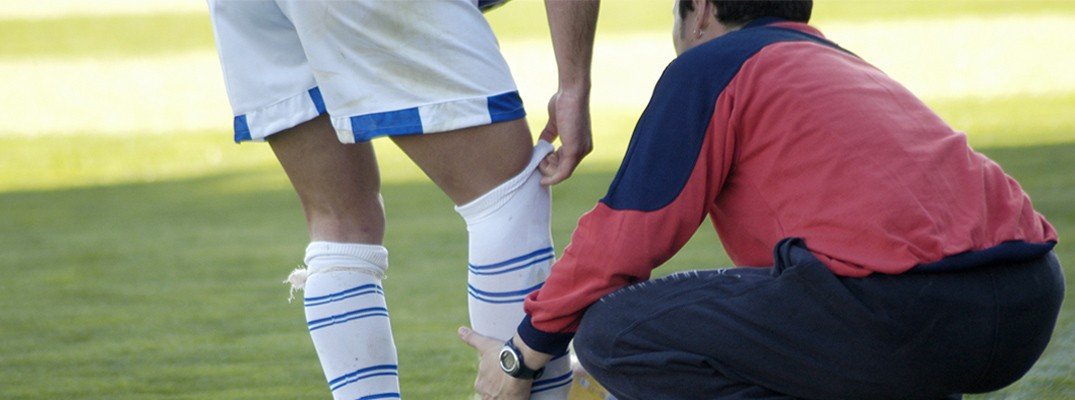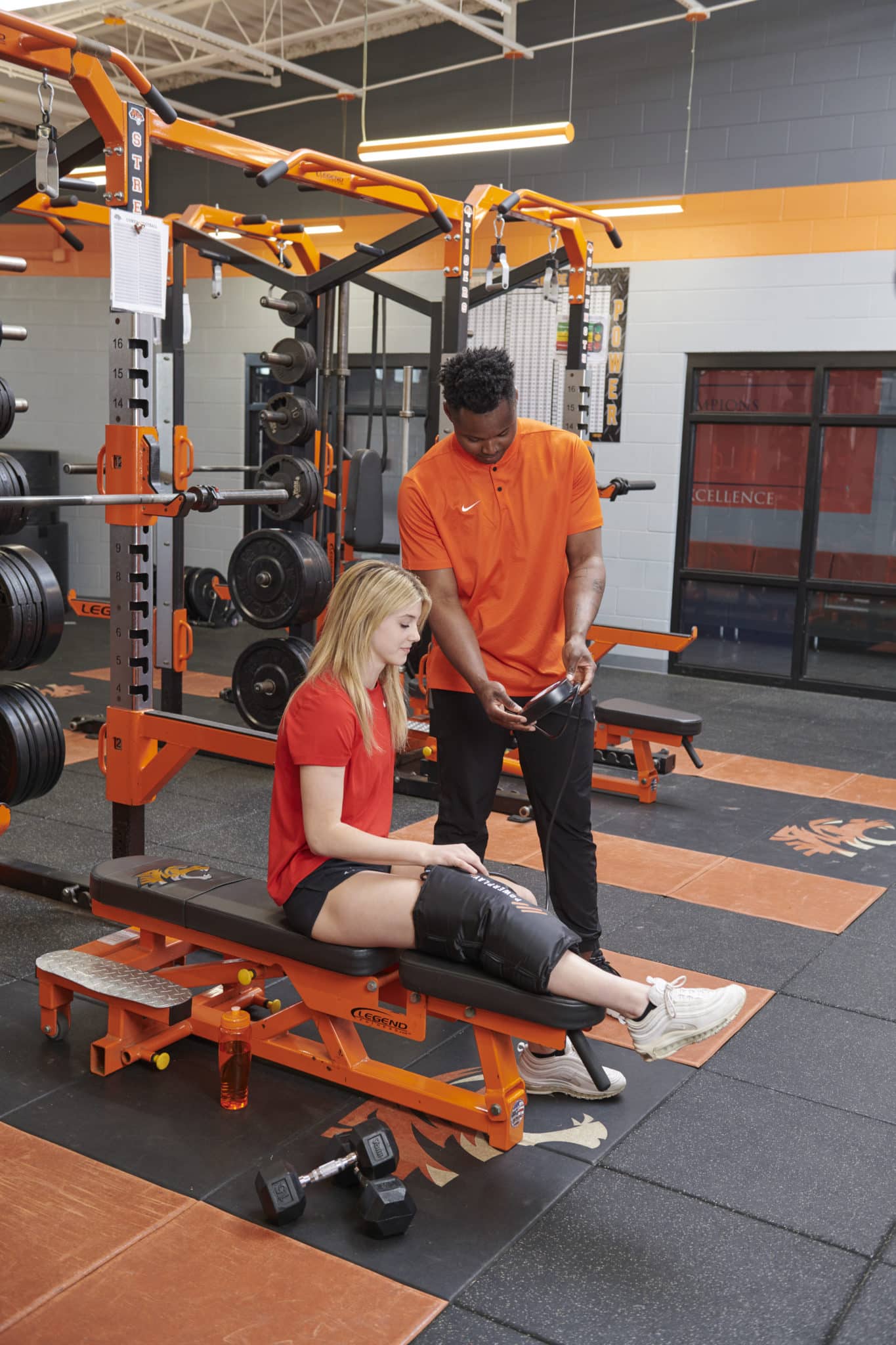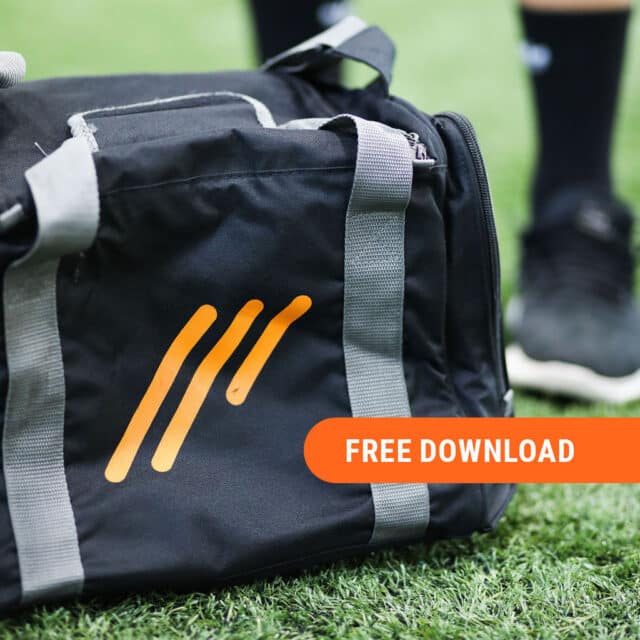Sprains, strains, and pains are a regular part of an athlete’s life. Many rely on their athletic trainers to help them overcome acute injuries that occur on game day or during practice.
As a trainer, you want to offer fast relief and have all the right meds, tools, and packs right at your fingertips, when you need them. One such staple in an athletic trainer’s medical kit is cold compression therapy.
What is cold compression therapy?
Cold compression therapy is the use of cold and compression to numb injured areas and help reduce pain during muscle sprains and strains. Using ice and compression is a time-tested way to treat acute injuries like strains and sprains.
To learn how cold compression is used to reduce pain and swelling for strains and sprains, let’s take a look at these injuries.
What are muscle strains and sprains?
Muscle strains and sprains are the most common injuries that athletes experience. Studies show that muscle lesions (trauma or damage) comprise up to 55% of injuries in athletes. Over 90% of these injuries are muscle strains and bruises. Ankle sprains accounting for 40% of all sports injuries.
Muscle strains
Muscle strains are when muscles or tendons are stretched beyond their limits. In some cases, it may have been forced to contract with too much intensity. They are also known as ‘muscle pulls.’ They usually occur when there are sudden or forceful movements.
Symptoms of muscle strains include:
- Pain
- Swelling
- Cramps
- Muscle weakness
- Limited ability to move the affected muscles.
Examples of sports-related muscle strains include hamstring strains in people who play football, basketball, or soccer, because these sports involve a lot of running with sudden jumps and changes in direction. Tackling or blocking during football can cause rotator cuff strains. Football, soccer, basketball, and tennis can stress knee muscles, causing ACL tears or knee sprains, among other injuries.
Sprains
Sprains are injuries to ligaments, the soft tissues that connect bones together at a joint. Sprains occur when joints are stretched or there is a lot of stress on a joint.
Symptoms of sprains include:
- Joint pain
- Swelling
- Bruises
- Loose or unstable joints
- Difficulty putting weight on the affected joint.
Ankle and knee sprains are common during basketball, football, tennis, soccer, volleyball, and gymnastics. Tackles and throws in football and basketball, and quick direction changes in tennis can cause wrist sprains. Falls or collisions in any of these sports can cause many types of sprains including the ankle, shoulder, knee, wrist, and even fingers.
How does cold compression therapy help sprains and strains?
Applying ice or iceless cold therapy to an injured muscle or joint constricts blood vessels, reducing blood flow to the area. This process lowers swelling and fluid accumulation, which in turn, reduces pain. Compressing the muscle or joint prevents more fluid from accumulating at the site of injury.
The cold also numbs nerve activity in the affected region, which delivers instant pain relief. Adding a compression wrap can also help stabilize a joint and promote recovery from sprains.
The traditional way of applying cold therapy is to use ice. Compression is usually delivered through a wrap. However, athletic trainers do face challenges when using ice or basic compression wraps to treat acute injuries on the field.
R.I.C.E without ice: Benefits of iceless cold compression packs
Challenges with using ice and basic compression wraps are:
- Ice can be messy as it melts, needing regular cleanup
- Ice machines are not easily portable and it takes time to make ice
- Standard compression wraps that are used along with ice are at risk of developing mold
- Traditional compression wraps are not flexible enough to treat different types of joints.
Iceless cold therapy devices offer the benefits of ice without the mess or risk of mold, and compression options that adapt easily to a variety of muscle and joint anatomies.
PowerPlay Iceless Cold Therapy Gel Packs help athletic trainers deliver rapid pain relief through cryotherapy. PowerPlay’s Gel Packs can be detached easily to provide compression without cold therapy, when needed. Learn more here.





